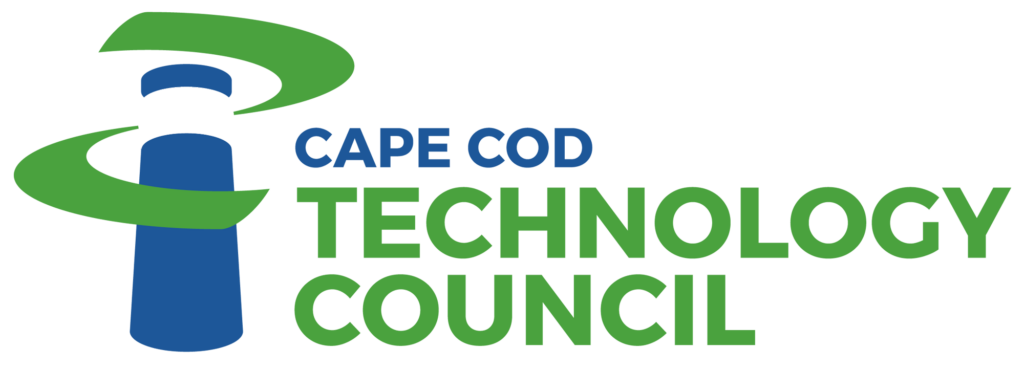When we think of what’s new in health care, we tend to think about new cures or procedures. But innovation is happening in the delivery of health care, too.
Managing Health Care through Technology was the topic of February’s First Friday Breakfast, with guest speaker Kathleen Hernon, the Operations Readiness Director for Partners HealthCare at Home.
Healthcare reform is here, Hernon says, and the government is looking at quality of care. People are also living longer, with complex needs and chronic conditions. And with increased life expectancy comes increased healthcare spending. Considering the cost of hospital stays and treatments (on average, a fall injury costs $17,500), it’s not surprising to discover a trend toward patient-centered care.
Many of us have encountered increased technology at doctors visits. Many medical offices have implemented electronic health records, with the newest enabling sharing information across the continuum of care. With today’s complex health needs, including multiple medications, multiple providers and complex care conditions, technology helps keep everything straight, avoiding issues like adverse drug events.
As defined by the U.S. Department of Health and Human Services, Telehealth is “the use of electronic information and telecommunications technologies to support long-distance clinical health care, patient and professional health-related education, public health and health administration.”
Telehealth allows for medical home visits, disease self-management and reduced hospitalization. This does not mean a computer will take the place of a human being, it means the information is available to caregivers. Companies like Hernon’s are leveraging technology to care for people in their own homes.
There are also health related apps: calorie counters, symptom management, virtual coaching. There’s an app for teens to manage asthma though social networking. Have you ever forgotten to take a medication? There’s an app for that (along with electronic medication dispensers).
Remote patient monitoring is home telehealth and telemonitoring. It improves the coordination of care and reduces hospitalization and costs. They are able to advise when urgent care or a physician is needed. Perhaps most importantly, patients report being very satisfied with this care.
With telehealth technology, patients can capture and transmit their own biometric data. They can take their own blood pressure, etc., and answer questions developed for flagging complications or needs. Results are transmitted by phone, and then synced to the patient’s electronic health record. Caregivers can see the results and better understand their patient’s health.
The original goal of telehealth was to reduce readmission (Centers for Cardiac Health at Partners Health System reduced readmission by 50%). That goal has since expanded to improve patient outcome and experience, and reduce cost.
There are continual technical improvements. Caregivers and patients are using cellphones and FaceTime. Equipment is Bluetooth and wireless, so there are less wires to trip over.
And just think, with telehealth you can receive care without going out in a snowstorm. Don’t you love technology?
